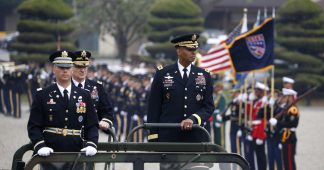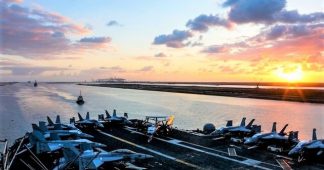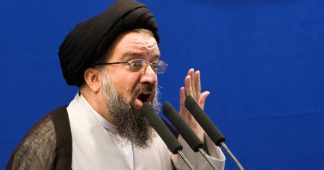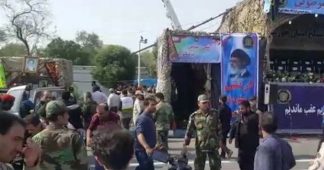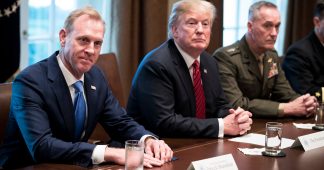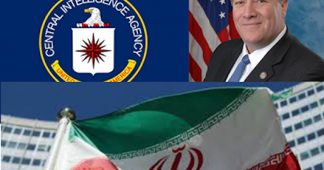US president calls Iran ‘a nation of terror,’ and warns Tehran not to close strategic Strait of Hormuz, saying it wouldn’t manage to do so for very long
WASHINGTON — US President Donald Trump on Friday called Iran “a nation of terror,” saying the attacks on tankers in the Gulf of Oman had “Iran written all over it.”
Calling into “Fox & Friends,” Trump said of the Thursday attacks, “Iran did do it.” He cited video purporting to show an Iranian boat removing what the US says is an unexploded mine from one of the vessels.
“You know they did it because you saw the boat,” Trump said. “I guess one of the mines didn’t explode and it’s probably got essentially Iran written all over it.”
“You saw the boat at night, successfully trying to take the mine off — and that was exposed,” he said.
Trump cited no new potential US responses, saying the US has been “very tough on sanctions.” He said, “They’ve been told in very strong terms we want to get them back to the table.”
Trump also warned Iran not to close off the strategic Strait of Hormuz, saying if it is closed it won’t be closed for long.
“They’re not going to be closing it. It’s not going to be closed, it’s not going to be closed for long and they know it. They’ve been told in very strong terms,” Trump said.
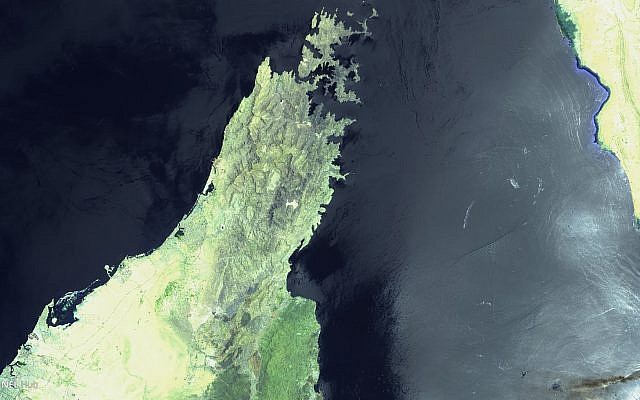
The US military on Friday released a video it said shows Iran’s Revolutionary Guard removing an unexploded limpet mine from one of the oil tankers targeted near the Strait of Hormuz, suggesting the Islamic Republic sought to remove evidence of its involvement from the scene. Iran denies being involved, accusing the US instead of waging an “Iranophobic campaign” against it.
The US Navy rushed to assist the stricken vessels in the Gulf of Oman, off the coast of Iran, including one that was set ablaze Thursday by an explosion.
The ships’ operators offered no immediate explanation on who or what caused the damage against the Norwegian-owned MT Front Altair and the Japanese-owned Kokuka Courageous. Each was loaded with petroleum products, and the Front Altair burned for hours, sending up a column of thick, black smoke.
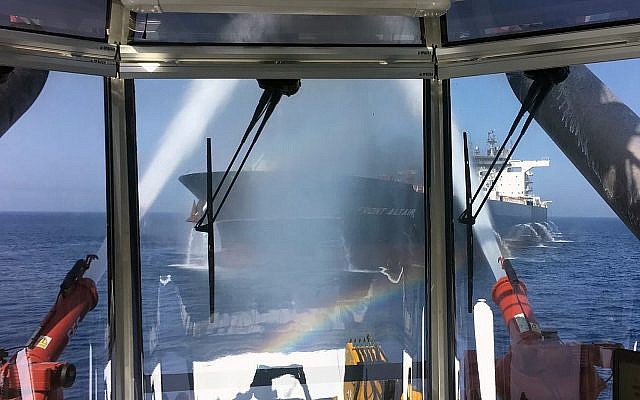
Frontline, the owner of the MT Front Altair said Friday that the blaze has been extinguished and did not cause any pollution. The company added that its 23 crew members are still In Iran at Bandar Abbas, though they’ll be repatriated soon.
Frontline CEO Robert Hvide Macleod separately said the company still doesn’t know the cause of the explosion and the fire, “but we can exclude that a fault with the ship that has caused this.”
While Iran has denied being involved in the attack, Tehran previously used mines against oil tankers in 1987 and 1988 in the “Tanker War,” when the US Navy escorted ships through the region.
The black-and-white footage, as well as still photographs released by the US military’s Central Command on Friday, appeared to show the limpet mine on the Kokuka Courageous.
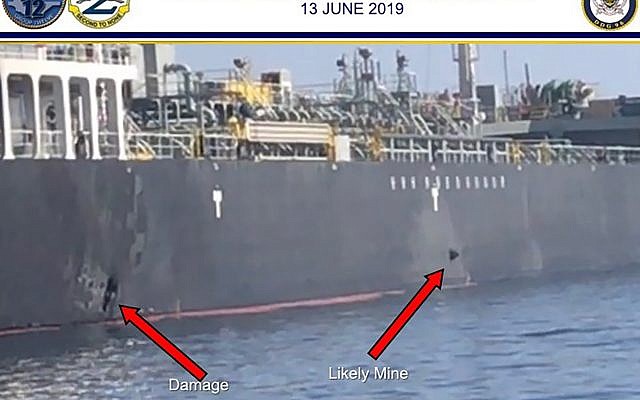
A Revolutionary Guard patrol boat pulled alongside the ship and removed the mine, Central Command spokesman Capt. Bill Urban said.
“The US and the international community stand ready to defend our interests, including the freedom of navigation,” Urban said. “The United States has no interest in engaging in a new conflict in the Middle East. However, we will defend our interests.”
Iran earlier denied involvement via a statement from its mission to the United Nations.
“The US economic war and terrorism against the Iranian people as well as its massive military presence in the region have been and continue to be the main sources of insecurity and instability in the wider Persian Gulf region and the most significant threat to its peace and security,” the statement said.
Meanwhile in Tokyo, the owner of the Kokuka Courageous said its sailors saw “flying objects” before the attack, suggesting it wasn’t damaged by mines. Company president Yutaka Katada offered no evidence for his claim, which contradicts the US military account.
Katada also said crew members saw an Iranian naval ship nearby, but did not specify whether this was before or after the attacks.
The suspected attacks occurred at dawn Thursday about 40 kilometers (25 miles) off the southern coast of Iran. The Front Altair, loaded with the flammable hydrocarbon mixture naphtha from the United Arab Emirates, radioed for help as it caught fire. A short time later, the Kokuka Courageous, loaded with methanol from Saudi Arabia and Qatar, also called for help.
The US Navy sent a destroyer, the USS Bainbridge, to assist, said Cmdr. Joshua Frey, a 5th Fleet spokesman. He described the ships as being hit in a “reported attack,” without elaborating.
Thursday’s attack resembled that of an attack in May targeting four oil tankers off the nearby Emirati port of Fujairah. US officials similarly accused Iran of targeting the ships with limpet mines, which are magnetic and attach to the hulls of a ship. The mines disable, but don’t sink, a vessel.
US Secretary of State Mike Pompeo told journalists on Thursday that the US assessment of Iran’s involvement was based in part on intelligence, as well as the expertise needed for the operation. It was also based on recent incidents in the region, which the US also blamed on Iran, including the use of limpet mines in the Fujairah attack, he said. He also tied Iran to a drone attack by Yemen’s Iranian-backed Houthi rebels on a crucial Saudi oil pipeline around the same time.
“Taken as a whole, these unprovoked attacks present a clear threat to international peace and security, a blatant assault on the freedom of navigation and an unacceptable campaign of escalating tension by Iran,” Pompeo said. He didn’t elaborate and took no questions.
Tensions have escalated in the Mideast as Iran appears poised to break the 2015 nuclear deal with world powers, an accord that President Donald Trump repudiated last year. In the deal, Tehran agreed to limit its enrichment of uranium in exchange for the lifting of crippling sanctions. Now, Iran is threatening to resume enriching uranium closer to weapons-grade levels if European nations don’t offer it new terms to the deal by July 7.
Already, Iran says it quadrupled its production of low-enriched uranium. Meanwhile, US sanctions have cut off opportunities for Iran to trade its excess uranium and heavy water abroad, putting Tehran on course to violate terms of the nuclear deal regardless.
